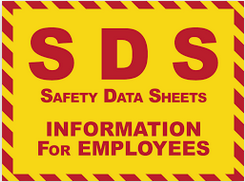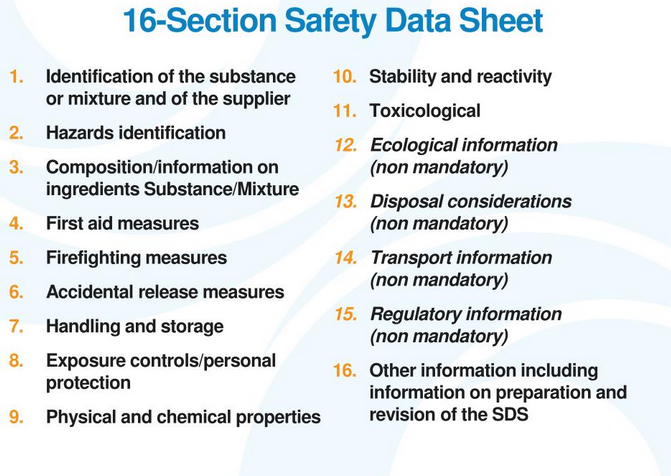Now that the looming Right-to-Know (RTK) deadline is nearly behind us, it’s a good time to take a step back and make sure your records are in order to have a good foundation for the rest of the year. In New York State, chemical inventory stored in a facility must have the latest version of corresponding Safety Data Sheets (SDSs) on file. SDSs provide a common and clear approach to classifying chemicals and communicating hazard information.
Am I required to get updated SDSs?
In accord with the Occupational Safety and Health Administration (OSHA) Hazard Communication Standard (HCS) 29 Code of Federal Regulations (CFR) 1910.1200, revised in 2012, “the chemical manufacturer, distributor, or importer provide(s) Safety Data Sheets (SDSs) (formerly Material Safety Data Sheets or MSDSs) for each hazardous chemical to convey the hazard information to their downstream customers. All employers with hazardous chemicals in their workplaces must have labels and safety data sheets for their exposed workers, and train them to handle the chemicals appropriately.”
How do I obtain updated SDSs?
Walden recommends that the easiest and most cost-effective way for facilities to get updated SDSs is to contact your chemical suppliers. The suppliers should send you new SDSs with every shipment you get of chemicals. They are also required to provide the most updated SDSs to you, the user of the chemicals, upon request at any point in time.
What do I do with old SDSs/MSDSs?
Please note that you should still hold onto old MSDSs also in accord with OSHA, so keep a record of old documents as you replace with newer ones. OSHA standard 29 CFR 1910.1020, Access to employee Exposure and Medical Records defines “employee exposure records” to include material safety data sheets. The standard requires “all employee exposure records to be maintained for at least 30 years”.
What does a compliant SDS look like?
Each SDS should use the entire name of the substance as it appears on the container with all applicable chemical abstract service (CAS) numbers for pure and mixture substances. The physical and health hazards should be written in a 16-section format. Chemical manufacturers and importers are also required to provide a label that includes a harmonized signal word, pictogram, and hazard statement for each hazard category.
For further questions, refer to our Right to Know services page and contact us at 516-701-1681.


